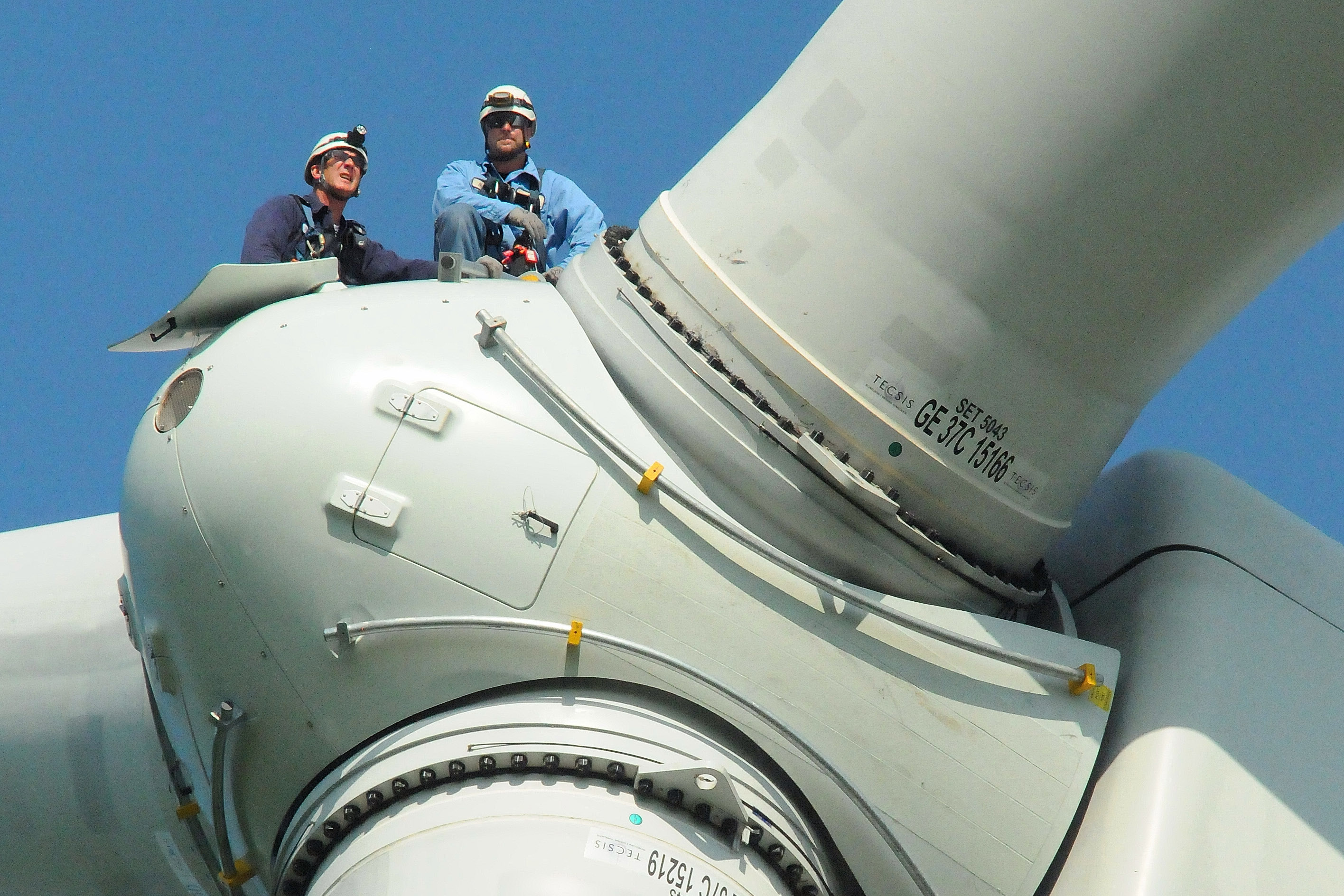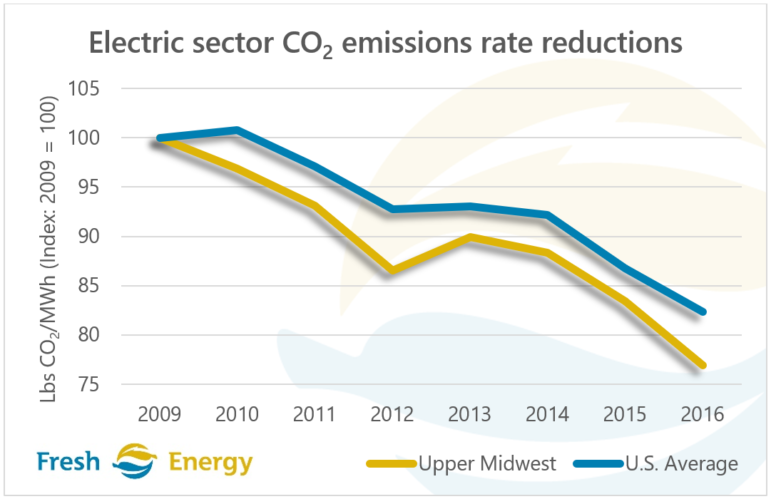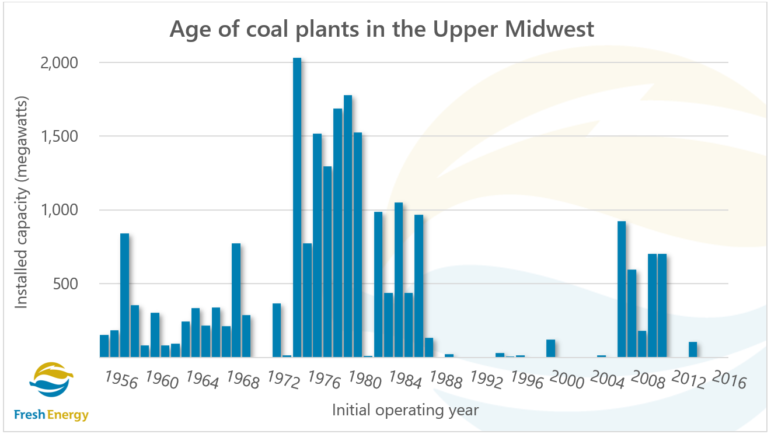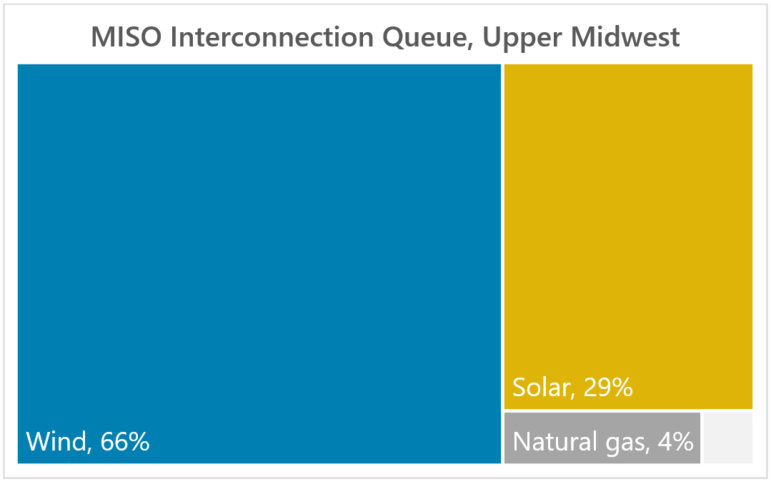 The renewables revolution is upon us! Across the Upper Midwest, renewable energy is soaring, while coal power is in a tailspin. Thanks to strong public policies, great economics, and utility uptake of low-cost renewables, more than 6,000 megawatts of renewable energy has been added in the region in the last five years, while over 2,000 megawatts of coal plants have been retired. As a result, our air is cleaner and greenhouse gas emissions are lower. And, best of all, these trends should only accelerate going forward, as aging coal plants reach the end of their useful lives and are replaced by dirt-cheap wind and solar farms.
The renewables revolution is upon us! Across the Upper Midwest, renewable energy is soaring, while coal power is in a tailspin. Thanks to strong public policies, great economics, and utility uptake of low-cost renewables, more than 6,000 megawatts of renewable energy has been added in the region in the last five years, while over 2,000 megawatts of coal plants have been retired. As a result, our air is cleaner and greenhouse gas emissions are lower. And, best of all, these trends should only accelerate going forward, as aging coal plants reach the end of their useful lives and are replaced by dirt-cheap wind and solar farms.
Renewables are replacing coal
Renewable energy is proliferating across the Upper Midwest—which we define as Iowa, Minnesota, South Dakota, North Dakota, and Wisconsin. Over the last five years, over six gigawatts of renewable energy have been installed across the region. Wind farms make up the bulk of this new generation, which isn’t surprising considering the Great Plains have some of the best wind resources in the world. However, rapid cost declines have led to a boom in solar development. In 2017, solar made up 13 percent of the new resources in the region, up from less than one percent in 2015. All together, these new wind and solar farms will produce enough electricity to power over two million homes per year!

Across the region, coal plants are being retired nearly as fast as renewables are being deployed. Over the last five years, there has only been one new coal plant installed in the region: the embattled 99-megawatt Spiritwood Station in North Dakota, which sat idle for its first three years and ran just 29 percent of the time last year. Over that same period, 2,200 megawatts of coal plants have been retired. All told, renewable capacity is up 6,000 megawatts since 2012, while fossil fuel capacity has fallen by 800 megawatts.
 Emissions are plummeting
Emissions are plummeting
The renewables revolution has produced major emissions reductions. Across the region, carbon dioxide emissions rates fell by 33 percent between 2005 and 2016 and by over 14 percent from just 2013 to 2016. These declines have outpaced the national average.

It’s not just greenhouse gas emissions that are falling. Retiring coal also reduces dangerous fine particulate pollution which, according to the American Lung Association, contributes to deaths and tens of thousands of cases of asthma attacks, heart disease, and heart attacks, lung disease and pneumonia each year. Further, between 2008 and 2016, nitrogen oxide and sulfur dioxide emissions fell by 62 and 78 percent, respectively. As with carbon dioxide, these emissions reductions outpaced the national average.
The revolution speeds on
These trends show no sign of stopping. Our region’s coal plants are aging: 85 percent of the coal plants in the Upper Midwest are at least 30 years old, and 46 percent will be at least 40 years old this year. Another 2,100 megawatts worth of coal plants are slated to retire by 2025, and fossil fuel plants make up 98 percent of the region’s planned retirements.

Meanwhile, developers are installing wind and solar at a breakneck pace. The Midcontinent Independent System Operator (MISO) evaluates planned generation resources in the Upper Midwest and coordinates transmission system upgrades necessary to accommodate them. Virtually all of the region’s active projects in the MISO Interconnection Queue are wind and solar farms.

The Midwest energy market is proof that we’re transitioning from coal to renewables and that the renewable revolution is on in the Midwest!
Fresh Energy Data Dives explore, synthesize, and visualize recent data on the transition to clean energy. In this post, we dig into recent market data to explain the stunning move toward renewable energy in Minnesota and the Upper Midwest. Fresh Energy is committed to advancing the positive policy and economic conditions that are powering the transition to clean energy, and ensuring that the Midwest has the modern, flexible electric grid we need for a future powered by wind and solar.



